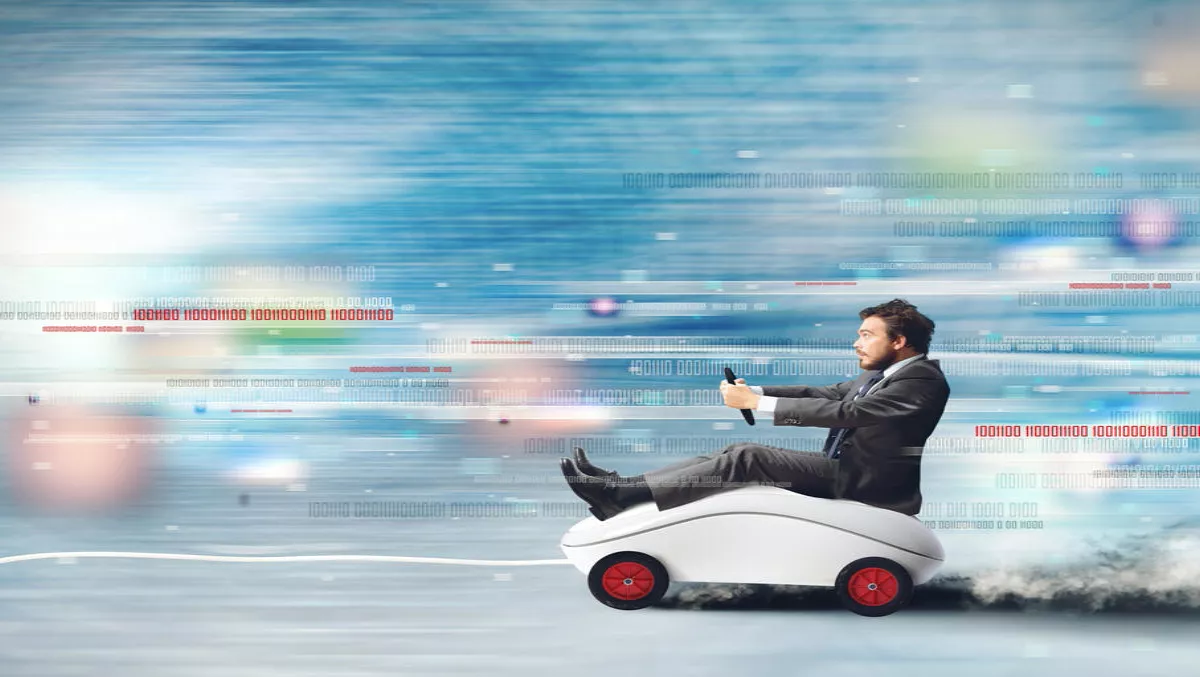Self driving electric cars and even hybrids may hog the motoring and tech media limelight, but after spending some quality time with a Holden Captiva, I got a glimpse of a quiet revolution that has the potential to transform road trips.
Beta vs VHS (Again!)
It's still early days for automotive smart car technologies. Two key camps exist in a Beta vs VHS scenario that car buyers will need to watch out for as it'll dictate what smartphone they can use with their car. In one corner sits Apple with CarPlay technology (which only works with iPhones), and in the other is Google with Android Auto (which as its name implies, only works with Android smartphones).
The Holden Captiva sidesteps this issue by being compatible with both. Here's hoping more car makers get onboard with a similar approach, as having a smartphone dictate your choice in cars is just plain silly.
So What is it?
Apple's CarPlay and Googles Android Auto both bring smartphone capabilities to your car. They also make in-car screens (which prior to CarPlay and Android Auto were more often than not an annoyance) almost useful.
With CarPlay and android Auto, the car display becomes an entertainment and navigation system and an extension of your phone. Both systems work by you plugging your smartphone into a USB cable. Selected messaging, navigation and media apps are mirrored on the cars display.
In both cases the in-car versions of what is displayed is designed to minimise driver distraction.
Safety First
Instead of hunting and pecking at an on-screen keyboard, drivers can use Voice commands. In the case of the Captiva, this is done using a Mic button on the steering wheel. This means drivers can use both systems without taking their hands off the wheel.
In use voice commands were a mixed blessing. On sealed roads noise in the Captiva's interior was low. This translated into 99% accurate voice recognition. Going through the back-blocks of Wainuiomata, sometimes on gravel roads, saw ambient noise increase. Voice recognition accuracy dropped below 50%.
I also found it frustrating that I was unable to issue voice commands unless the driver hit the Mic button. Perhaps having a mic that just listens for "OK Google" or "Hey Siri" is a better solution?
In Use
While both CarPlay and Android Auto are similar concepts, their layout differs. Carplay transforms the cars screen into what looks a lot like an idiot-proof iPad. While Android Auto uses a simplified menu system that is a little more text based.
Both systems offer navigation via Apple Maps or Google Maps. Integration with audio system allowed us to make or receive calls and no phones got juggled as we drove. Call quality was better than with most hands free units I'd previously tested.
While both systems were capable of playing music, the usefulness of this feature was somewhat hamstrung. Even though my Android phone contained 64GB of tunage, (and my iPhone was also chocka with music) I was only able to stream music from my iTunes music service collection or my Google Play music library - this could get expensive given the amount of mobile data consumed by streaming media.
Verdict
If you're guessing that the experience lacked polish, you'd be right. This said, compared to most in car navigation and entertainment systems, the Captiva's CarPlay/Android Auto hybrid was a definite step up.
As gee wiz as both systems were, the frustrations of using them still outweighed their benefits. But, it is still early days for both platforms. Longer term once the kinks get ironed out and things are a little more refined, both platforms hold a significant amount of promise for car-kind.
